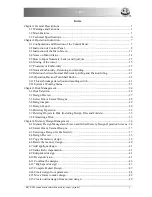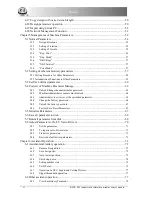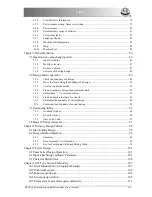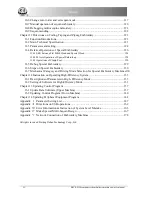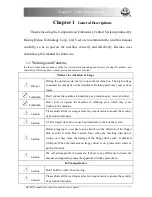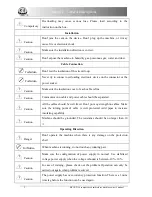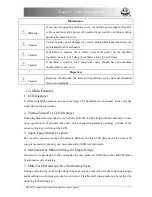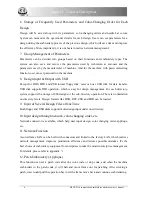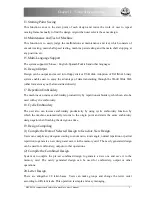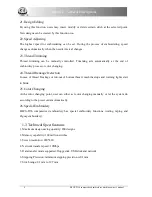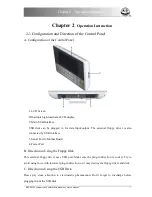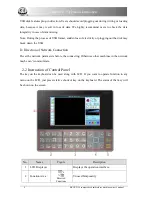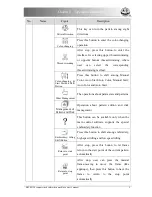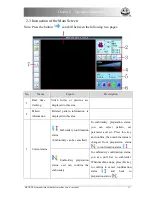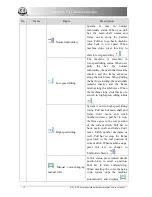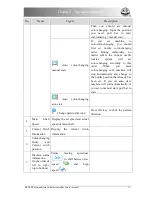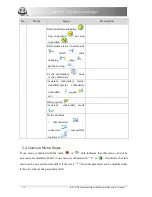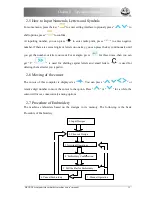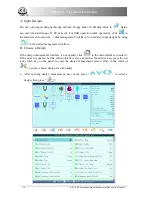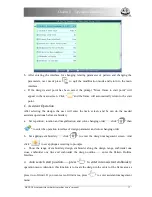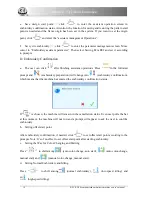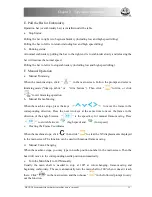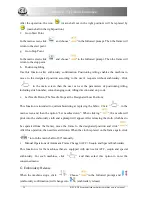
Chapter 1 General Descriptions
13.
Starting Point Saving
This function can save the start point of each design and waive the work of user to repeat
moving frame manually to find the design origin when user selects the same design.
14.
Maintenance and Test of Machine
This function is to easily judge the malfunctions at maintenance and test, which consists of
encoder testing, main shaft speed testing, machine parts testing and the main shaft stopping at
any position, etc.
15.
Multi-Language Support
The system supports Chinese / English /Spanish/Turkish and other languages.
16.
Design Output
Design can be output and saved into floppy disk or USB disk. Adoption of TAJIMA’s binary
system enables user to enjoy the advantage of data transmitting through the World Wide Web
(other formats may not be transmitted directly).
17.
Repetition Embroidery
The machine can increase embroidery productivity by repetition embroidery, which can also be
used with cyclic embroidery.
18.
Cyclic Embroidery
The user also can increase embroidery productivity by using cyclic embroidery function, by
which the machine automatically returns to the origin point and starts the same embroidery
design again when finishing the design one time.
19.
Design Compiling
(1) Compile the Data of Selected Design to Generate New Design
Users can compile any design according to zoom ratio, rotate angle, normal repetition or partial
repetition to generate a new design and save it in the memory card. The newly generated design
can be used for embroidery, output or other operations.
(2) Compile the Combined Design
System can compile the pre-set combined design to generate a new one and save it to the
memory card. The newly generated design can be used for embroidery, output or other
operations.
20.
Letter Design
There are altogether 28 letter-bases. Users can make groups and change the letter order
according to different tasks. This operation is simple and easy managing.
BECS-D56 computerized embroidery machine owner’s manual
5
Summary of Contents for BECS-D56
Page 2: ......



